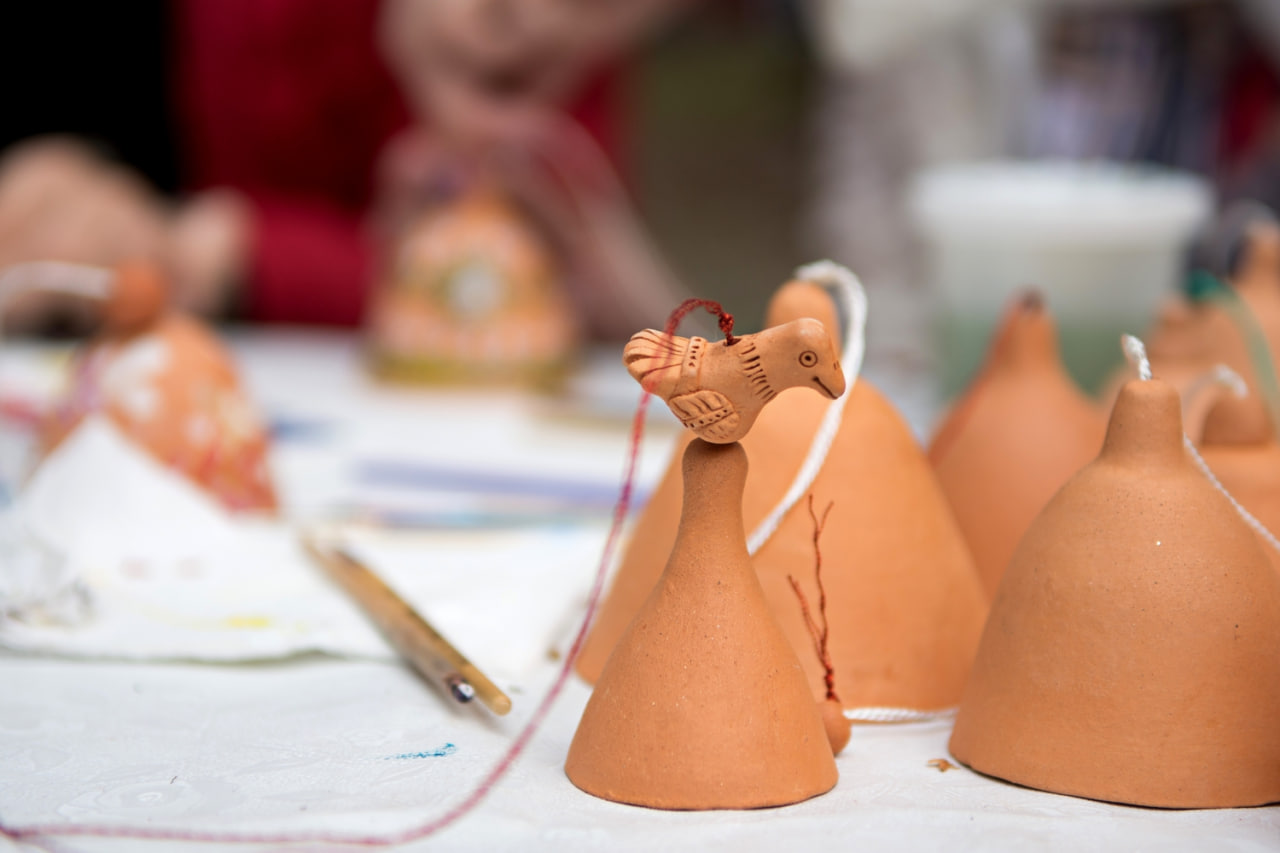Beginner’s Guide to Decorative Clay: Tools, Techniques, and Tips
Decorative clay is a versatile and rewarding medium that allows you to create stunning sculptures, jewelry, home décor, and more. For beginners, getting started can feel overwhelming due to the variety of tools, materials, and techniques available. This guide provides a comprehensive overview of what you need to begin your decorative clay journey, helping you build skills, confidence, and creativity from the very first project.
Essential Tools for Decorative Clay
Starting with the right tools is crucial for successful clay crafting. You don’t need a large collection to begin, but a few basic items will make your work easier and more enjoyable.
- Clay Blocks or Packs – Choose polymer clay for small decorative items or air-dry clay for larger projects. Each type has unique properties, so pick one based on your goals.
- Work Surface – Use a clean, smooth surface like a ceramic tile, glass sheet, or dedicated crafting mat to prevent sticking and contamination.
- Cutting Tools – A craft knife, needle tool, or small scalpel helps you shape, carve, and detail your designs.
- Shaping and Sculpting Tools – Ball styluses, rubber-tipped tools, and wooden modeling tools assist with smoothing, texturing, and adding intricate details.
- Rolling Pins or Acrylic Rods – These help flatten clay evenly for tiles, sheets, or layered designs.
- Texturing Tools – Items such as stamps, molds, or household objects like toothpicks and forks can add surface patterns.
Having these essentials ensures that you can experiment and complete projects efficiently while maintaining professional-looking results.
Basic Techniques Every Beginner Should Know
Mastering foundational techniques is the first step toward creating beautiful clay pieces.
- Pinching and Coiling – Pinching clay into bowls, cups, or organic shapes is simple yet versatile. Coiling allows you to build layers and structures, perfect for pots and decorative sculptures.
- Slab Building – Rolling out flat sheets and cutting them into shapes provides the base for tiles, boxes, and geometric designs.
- Molding and Pressing – Using molds or pressing clay into textures simplifies complex shapes and patterns, making intricate designs more achievable.
- Smoothing and Blending – Use fingers or tools to blend seams, smooth edges, and refine surfaces for a polished look.
Practicing these techniques regularly develops dexterity and helps you gain control over the medium, enabling more ambitious projects in the future.
Tips for Success with Decorative Clay
Working with clay requires attention to detail and patience. Following these tips will enhance your results:
- Condition Your Clay – Knead and soften clay before sculpting to improve pliability and prevent cracking.
- Work in Small Sections – Focus on one area at a time to avoid mistakes and achieve clean details.
- Keep Tools Clean – Residue or leftover clay can interfere with textures and colors. Wipe tools regularly.
- Plan Your Design – Sketch your idea or visualize it before starting to guide proportions, shapes, and color choices.
- Bake or Dry Properly – Follow manufacturer instructions for curing polymer clay or air-dry clay to avoid cracks and damage.
Exploring Creative Possibilities
Decorative clay offers endless creative opportunities. Beginners can start with small projects like charms, mini sculptures, and decorative tiles, then progress to complex arrangements, combined materials, and multi-piece designs. Experimenting with color mixing, surface textures, and layered effects helps you develop your own style and signature techniques.
Maintaining Motivation and Inspiration
Learning clay techniques takes practice, but staying motivated is easier when you set achievable goals and celebrate small successes. Joining crafting communities, attending workshops, and following tutorials can inspire new ideas and offer valuable tips from experienced artists. Remember that mistakes are part of the learning process—they often lead to creative breakthroughs and unique results.

